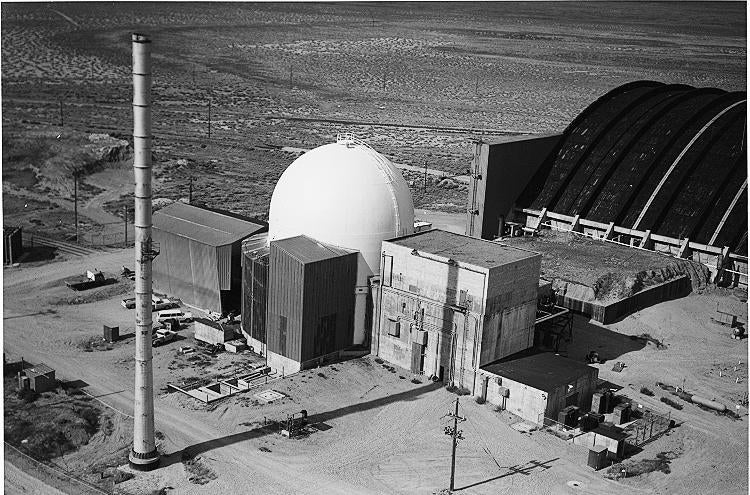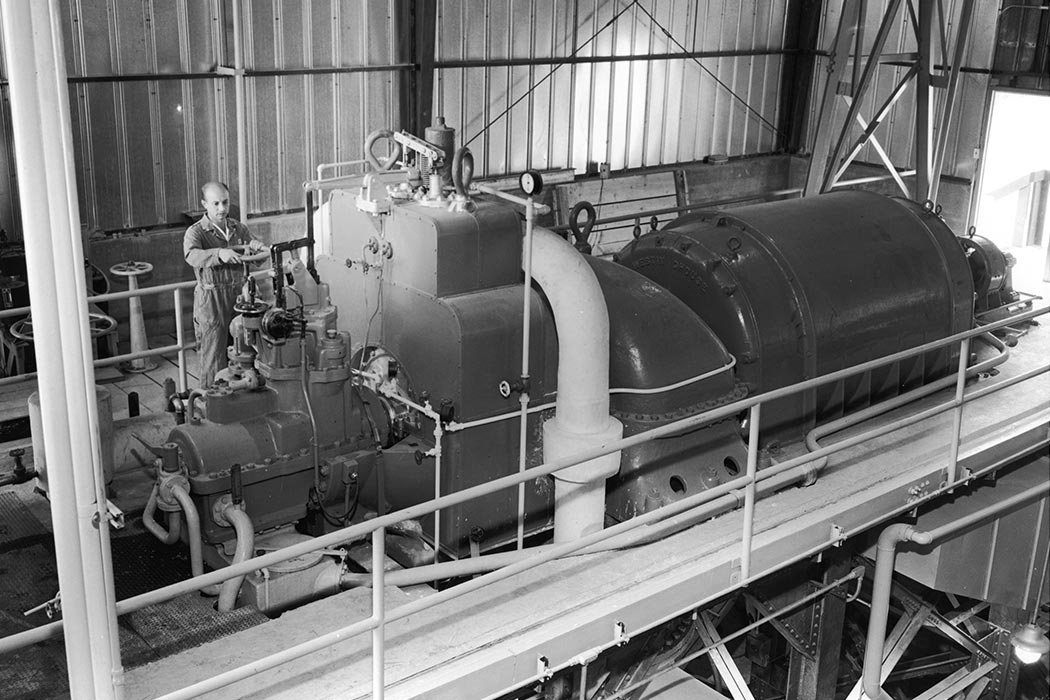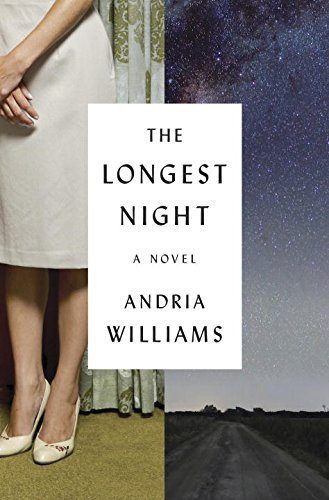The first and only United States nuclear accident with immediate fatalities was one most people have never heard of: In January 1961, SR-1, an experimental army reactor testing station in Idaho’s Big Lost River basin, exploded, killing three operators. The fraught atmosphere leading up to this incident provides the setting for Andria Williams’s historical novel, The Longest Night. Williams writes with preternatural knowing about the tensions roiling in and around a troubled marriage, echoing the tensions of postwar America. In her fictional version, one of the army specialists working on the reactor is the ever-sensitive Paul Collier, whose job has plunked his young family in a dusty stretch of Idaho and right smack in the middle of the Cold War.
But why Idaho? This aspect of the novel is rooted in history: In the 1950s, the United States government needed wide open spaces to build nuclear reactors. But the Atomic Energy Commission (AEC) was wary of establishing another “atomic city” like Los Alamos and others created by the Manhattan Project, where the AEC was responsible for housing, finance, and the municipal government. But by 1949, they had found the ideal site: Idaho Falls. It was just isolated enough, but with a stable enough local population that the existing infrastructure would be able to assimilate the atomic-related population influx.
Still, as Jack M. Holl wrote, “Government planners knew that establishing the National Reactor Testing Station (NRTS) in the Big Lost River basin would suddenly transform this remnant of the Old West into a dynamic, prosperous scientific-industrial community.” In Williams’ novel, these tensions between old and new manifest themselves when Paul Collier’s restless wife, Nat, pursues an emotional affair with a kind cowboy, a beacon of the American frontier if there ever was one.
Over the decade preceding the real-life SR-1 accident, funding and political issues made themselves felt at the NRTS. Numerous incidents, evacuations, and partial meltdowns plagued the site, leading up to the terrible 1961 explosion, which was caused by the improper withdrawal of the central control rod.

The AEC was protected by the Atomic Energy Act of 1946, which allowed it to pursue its nuclear testing objectives without interference from local authorities. This lawlessness makes itself felt in The Longest Night, especially in the military’s chilling response to the accident, which represents the worst of the closed, conformist past. Of course, from our post-Cold-War, post-1960s perch, we can enjoy the benefits of hindsight.
When Nat muses, “It was improper to be lonely; it was improper to be bored; it was improper, most of all, to be filled with anything like longing,” we know she articulates the rebellious, hopeful spirit of the decades to come.








